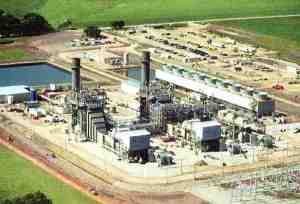The U.S. Energy Information Agency has released a report this month which states that energy related carbon dioxide emissions during the first four months of 2012 fell to about the levels noted in 1992. While acknowledging the contribution of conservation efforts, the lagging economy and greater use of renewable energy to the decrease of carbon dioxide emissions, the agency largely attributes the drop-off in levels to low-priced natural gas. The decrease in price of natural gas is driven by higher levels of shale gas drilling in some areas of the northeastern United States, as well as in Texas, Arkansas and Louisiana. It is cheaper now to burn natural gas than coal, and as a result, utilities are starting to rely on gas-fired generator plants.
The quick-turnaround from coal to gas has surprised many government and industry experts. The messages regarding climate change and the need for cleaner energy are not new. It appears that people are predominantly cost-driven. An environmentally friendly solution to a pollution problem that is less expensive than an environmentally harmful practice is sure to win.
It is important to mention that any efforts made to counter human-induced climate change must be global. Unfortunately, the use of coal for energy is growing, rather declining in some other countries, specifically in China. Global cooperation to seek cleaner energy solutions is mandatory in order to be effective for any one part of the planet. Another issue looming on the horizon lies with the use of natural gas because while it burns cleaner than coal, it still emits some carbon dioxide. Also drilling for natural gas carries potential risks, some of which are not fully understood. Environmentalists state that in fracking operations, the large volumes of water, sand and other chemicals injected into shale rock to break it apart and free gas often pollute underground drinking water and cause methane leaks, which in turn, and produce air pollution. This contributes to global warming. Some groups, such as the Sierra Club, have major concerns with the potential risks versus the net benefits of using natural gas.
It will be interesting to see the developments in energy sources that will accommodate global expectations, satisfy federal mandates, and effectively address economic and environmental concerns. Research and development in the field of energy is challenging, but hopefully some solutions will be found in the near future. Let’s do all that we can to live green, be green.

